Trametes suaveolens
Scientific name: Trametes suaveolens (L.) Fr.
Derivation of name: Trametes means "one who is thin;"
suaveolens means "sweet-smelling " in reference to the anise
scent of fresh specimens.
Synonymy: Polyporus suaveolens (L. ex Fries) Fries;
Boletus suaveolens L.
Common names: Unknown.
Phylum: Basidiomycota
Order: Polyporales
Family: Polyporaceae
Occurrence on wood substrate: Saprobic and parasitic;
usually solitary on living deciduous trees and on stumps, most
often on willow (Salix) and poplar (Populus).
Dimensions: Caps 5-16 cm wide, 1-10 cm long, and 1-4 cm
thick.
Upper surface: Cap whitish to buff; finely hairy to glabrous;
azonate; anise-scented when fresh; cap soft and somewhat
watery when fresh; bruising brownish.
Pore surface: Whitish, drying yellowish; bruising brownish;
pores 1-3 per mm.
Comments: The anise smell of young specimens is quite
distinctive together with the bruising reaction and overall
whistish color. Dyers are particularly interested in this
species as it yields a much sought purple dye.
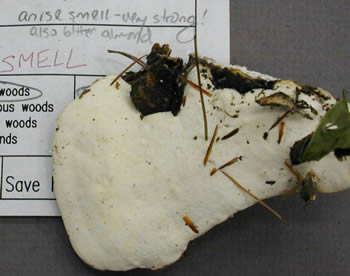
Figure 1. The rather
featureless cap surface of Trametes
suaveolens is itself an important identifying characteristic.
Photo © Gary Emberger.
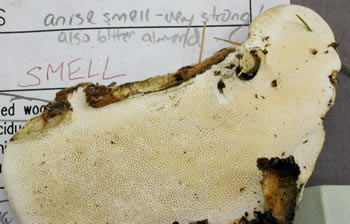
Figure 2. As the note indicates, the anise scent of fresh
specimens is a distinctive character. It's always worth taking
the time to smell a specimen of any mushroom species
collected. The diversity of smells is quite surprising and
useful. Photo © Gary Emberger.
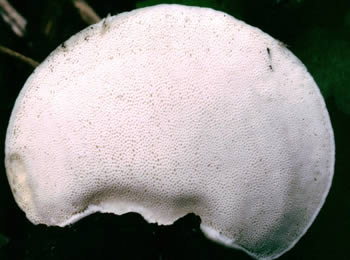
Figure 3. The pore surface of a freshly collected specimen
of Trametes suaveolens. Photo © Steve Nelsen.
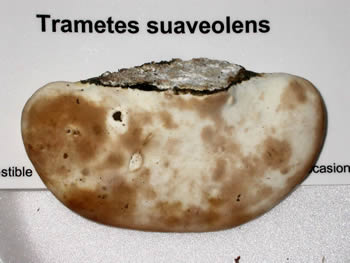
Figure 4. On handling, the upper cap surface bruises
brown. Photo © Gary Emberger.
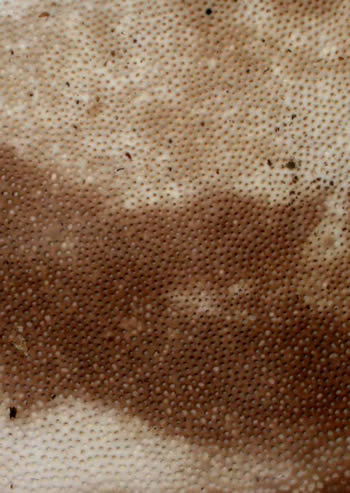
Figure 5. The pore surface bruises brown where touched.
Photo © Gary Emberger.